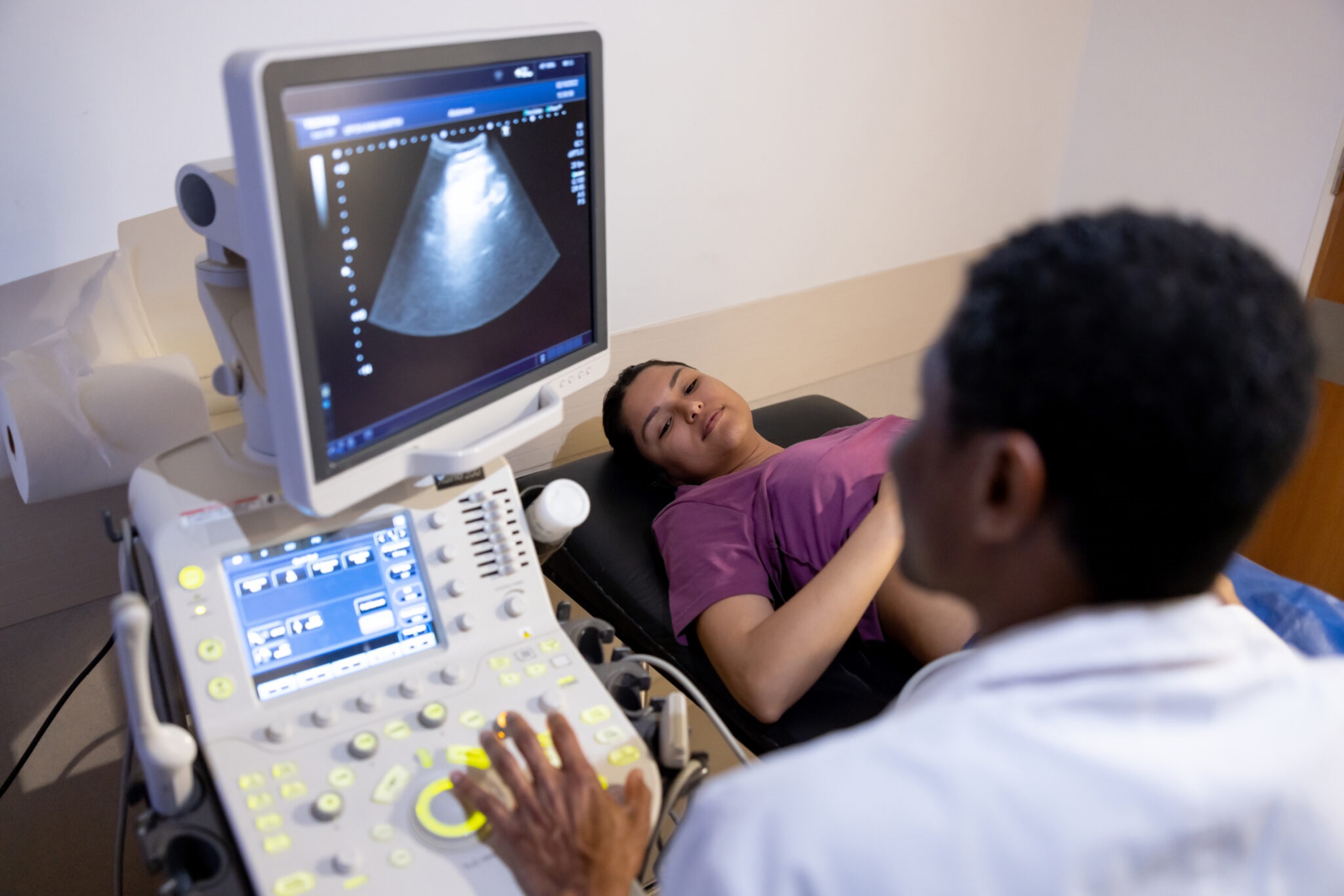
Telehealth’s role in abortion access amidst legal constraints is highlighted in the latest report from the Society of Family Planning. Following the Dobbs v Jackson’s Women’s Health Organization case, which overturned federal abortion protections, telehealth abortions surged to constitute 16 percent of all procedures nationwide. The report underscores the critical need for alternative avenues for reproductive healthcare, particularly in states with severe abortion bans. Telehealth not only democratizes access to abortion care but also ensures safety and confidentiality for individuals facing barriers to traditional clinic-based services.
In the aftermath of the Dobbs v Jackson’s Women’s Health Organization ruling, which dismantled federal abortion protections, access to abortion care faced unprecedented challenges across the United States. With nearly half of the states imposing stringent restrictions, individuals seeking reproductive healthcare encountered significant barriers. However, amidst this legal landscape, telehealth emerged as a beacon of hope, revolutionizing the way abortion services are delivered. The latest report from the Society of Family Planning sheds light on the transformative impact of telehealth, highlighting its pivotal role in ensuring equitable access to safe and confidential abortion care.
The report, which meticulously tracks changes in abortion volume both nationally and by state, underscores the transformative impact of telehealth in the post-Dobbs era. Following the Supreme Court’s decision in the Dobbs v Jackson’s Women’s Health Organization case in June 2022, which resulted in the rollback of federal protections on abortion access, nearly half of the US states implemented severe restrictions on abortion care.
During the period spanning July to September 2023, monthly abortions fluctuated between 81,000 and nearly 89,000, highlighting the persistent demand for reproductive healthcare services. Alarmingly, in the 14 states with total abortion bans, abortion volumes plummeted by 120,000 compared to pre-Dobbs levels, emphasizing the critical need for alternative avenues for abortion access.
While traditional in-person consultations remain the cornerstone of abortion care, telehealth has emerged as a lifeline for individuals facing barriers to physical clinics. Telehealth abortions typically involve remote evaluations by healthcare providers who prescribe abortion medications, which are then discreetly delivered to patients’ homes. This innovative approach has democratized access to reproductive healthcare, particularly in regions where in-person services are scarce or heavily restricted.
The report reveals a notable rise in telehealth abortions, with 14,110 procedures recorded in July 2023, slightly decreasing to 13,770 by September 2023. Telehealth procedures accounted for a significant 16 percent of all abortions by September 2023. Interestingly, prior #WeCount reports primarily focused on telehealth abortion data from virtual care providers. However, the latest report includes data from both brick-and-mortar clinics and virtual-only providers, providing a comprehensive overview of the evolving landscape.
The surge in telehealth abortions is further underscored by the significant increase in procedures facilitated by virtual-only clinics. Before the Dobbs decision, virtual-only clinics accounted for a monthly average of 4,045 abortions, constituting nearly 5 percent of all procedures. However, in the year following the ruling, this figure skyrocketed to an average of 6,950 monthly abortions, representing over 8 percent of all procedures—an impressive 72 percent increase.
Moreover, the report highlights the crucial role of shield laws in facilitating telehealth abortions in states with restrictive policies. States such as Massachusetts, Colorado, Washington, New York, and Vermont have enacted legislation to protect clinicians providing abortion care via telehealth, ensuring that individuals have access to safe and confidential reproductive healthcare services.
Dr. Ushma Upadhyay, co-chair of #WeCount and a professor at the University of California, San Francisco, emphasizes the pivotal role of telehealth in preserving abortion access in the face of legal challenges. She asserts that innovative solutions, including telehealth, are essential for safeguarding equitable access to vital healthcare services.
The report’s findings are bolstered by recent research demonstrating the safety and efficacy of telehealth abortions. A study published in Nature Medicine analyzed data from over 6,000 patients who obtained abortion pills from virtual clinics across 20 states and Washington D.C. The study concluded that the vast majority of abortions were completed without complications, reaffirming the safety and effectiveness of telehealth procedures.
Additionally, patient satisfaction surveys underscore the positive experiences associated with telehealth abortions. A study conducted in Washington state revealed that telehealth patients reported higher levels of relaxation compared to those receiving in-person care, highlighting the convenience and comfort afforded by remote consultations.
As the fight for abortion rights intensifies in the face of escalating legal restrictions, telehealth stands as a powerful tool in safeguarding individuals’ reproductive autonomy. The surge in telehealth abortions, constituting 16 percent of all procedures nationwide, underscores the resilience of the reproductive rights movement. Moving forward, policymakers must prioritize policies that uphold individuals’ right to comprehensive healthcare, including access to telehealth services. By embracing innovation and dismantling barriers to reproductive healthcare, we can ensure that every individual has the freedom to make informed choices about their bodies and futures.
